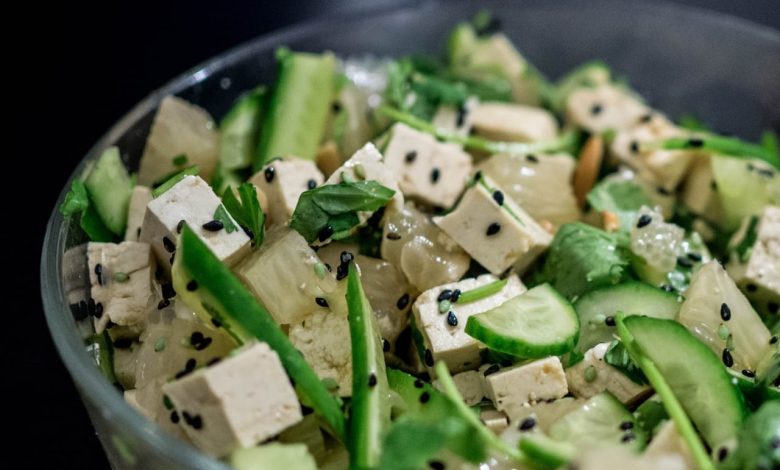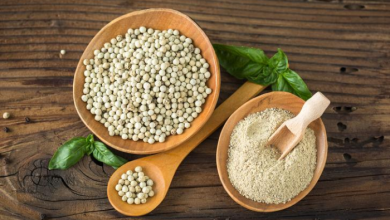Alternative Protein – A New Hope for Protein Ingredients Market

People are becoming more health-conscious and gaining awareness of the ingredients they consume. Alternative proteins are emerging as a healthy, environment-friendly choice to traditional animal proteins like meat, beef, and goat. There are multiple health benefits to going vegan, and it’s easy to make the transition. With so many plant-based alternatives available, the transformation becomes seamless.
Moreover, the market is aware that people are finding alternatives to animal protein, and that’s why there are meatless products. Some people still have questions like: How are alternative proteins made? What are the benefits of alternative proteins? What are the alternative protein sources?
To find answers to all your questions, read ahead and know how this diet could greatly be advantageous to your health, the environment, and the animals.
What are Alternative Proteins, and How are They Made?
Alternative proteins aim to replace the protein that one typically gets from meat with plants. Soy, quinoa, beans, lentils, chia seeds, soybeans, legumes are all examples of alternative proteins. Some people do not eat meat for ethical reasons and want to include protein and fiber-rich foods in their diet. These are all great reasons to try alternative protein sources.
How are alternative proteins made?
Now that you know what alternative proteins are. One obtains these from plants, which are then processed and fermented. This can be used to make vegan meat products, protein powders, and supplements.
Benefits of Alternative Proteins:
By consuming alternative proteins, you can reap a lot of benefits, including the ones listed below:
- Alternative proteins are environmentally friendly.
- Alternative proteins like soy, nuts, and beans are low in fat, cholesterol, and sodium and contain more essential amino acids than meat.
- Most people do not realise that alternative sources are rich in proteins that come from plants. Soy and quinoa are some of the richest sources of protein. Soy has approximately 52 grams of protein per 100 grams, while quinoa has around 17 grams.
- It’s safe to consume when compared to animal proteins.
- They are more sustainable than animal stock.
- Plant-based proteins are a rich source of nutrition.
Alternative Protein Sources:
Changing your protein source is not as hard as it may seem. An effective way to modify your protein source is to follow a vegetarian or vegan diet. Try to incorporate these in your diet:
- Meat substitutes – Options like tofu, soy, tempeh, and seitan
- Beans and legumes – Sources of protein from lentils, chickpeas, black beans, and peanuts
- Seeds and grains – Quinoa, hemp seeds, and pumpkin seeds
- Nuts – Peanuts, almonds, and cashews are all potential protein sources
- Mushrooms – Mushroom varieties, such as Portobello and maitake
- Vegetables –Non-starchy veggies like spinach, sweet corn, green peas, and kale
- Fruits – Fruits like kiwi, guava, and avocado
- Beverages like Soy milk, badam milk, and yogurt are rich protein sources as per the beverage analytics companies.
We hope this post has helped you choose a healthy life with alternative protein sources. It’s never too late to take the first step. Make the shift to a healthier lifestyle. Eating a healthy, protein-filled diet is one of the most important things you can do for your health.
Also Read: Most Nutritious Foods. You should check out




